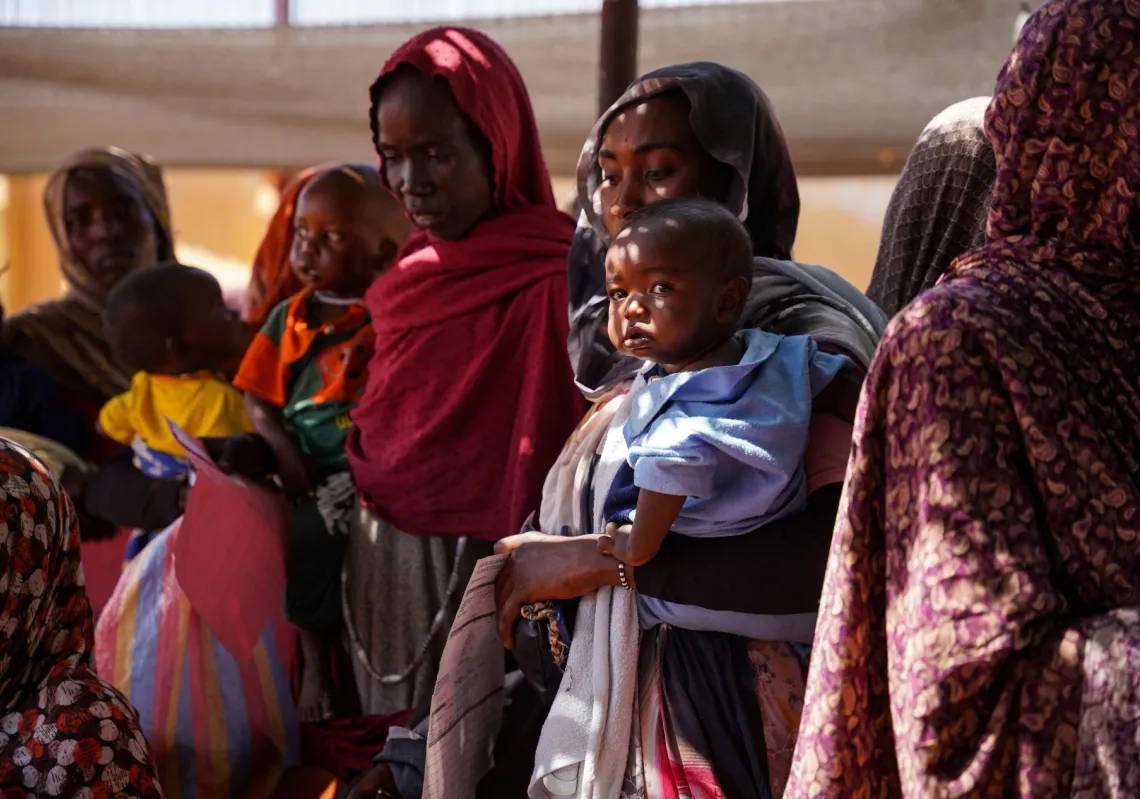Away from the roaring noise, lights, and fireworks of World Cup games, there’s a safe space for fans who might get overwhelmed in a stadium environment.
The “sensory rooms,” at three stadiums in Qatar, provide a calm refuge for children and young adults with autism, learning difficulties, or other sensory access requirements.
Located at the stadium skyboxes at the Al Bayt, Education City and Lusail stadiums, the rooms feature soft furnishings, noise-canceling headphones, and interactive tools and toys to help children cope with the loud atmosphere and allow them to alleviate anxiety and enjoy the unique experience of a World Cup game.
“Having a space like this is a respite. It’s like a warm hug,” said Raana Smith, co-founder of Sensory Souk, a Doha-based company that staffs the sensory rooms.
“Everybody should have the right and the opportunity to experience football,” she said. “If someone has limited speech and mobility, that shouldn’t be a barrier to experience something as wonderful and as crowd-pleasing.”
The dimmed-lit rooms include soft cushions, soothing colorful lights and rising bubble tubes and boards mounted on walls that provide different textures to help people calm down and refocus. Fans are also provided with sensory bags that include noise-canceling headphones, weighted lap pads, and fidget toys like plastic clappers and gloves.
Large floor to ceiling windows let families keep an eye on the field. The ultimate goal is to gradually introduce fans to the game, allowing them to sit in the stands for periods at a time and then returning to the sensory room when needed, Alison Saraf, co-founder of Sensory Souk, said at the 80,000-capacity Lusail Stadium, where the World Cup final will be played.
“In children, what we ideally want to do is ignite passion for a new sport,” Saraf said. “...The aim is always really to have as many people enjoy the game outside and experiencing everything that’s here.”
The initiative is run by FIFA and the host country’s Supreme Committee for Delivery and Legacy.
Sensory rooms have also been introduced in recent years in professional sports in the United States, including at the MLS, NBA and the NFL to provide calming spaces for fans with sensory challenges.
“This is really a worldwide phenomenon as people are understanding more and more the fact that they need to broaden the appeal of sports to every single demographic,” said Dr. Julian Maha, co-founder of KultureCity, a U.S.-based organization that has helped sports teams across the U.S. with programs for visitors with a range of sensory issues, including people who have autism.
“Because of their sensory issues, where going to a large-scale sporting event like a stadium cannot only be overwhelming but physically painful because of the crowds, the noise, the smells, a lot of these individuals tend to withdraw from the community and don’t engage,” Maha said.
By providing sensory rooms, he said, the World Cup is “opening up the game to really a ton more people, people who have largely been demarginalized and not included, and giving them the opportunity to reengage and become part of the community again and enjoy all the things that we as neurotypical individuals take for granted.”











